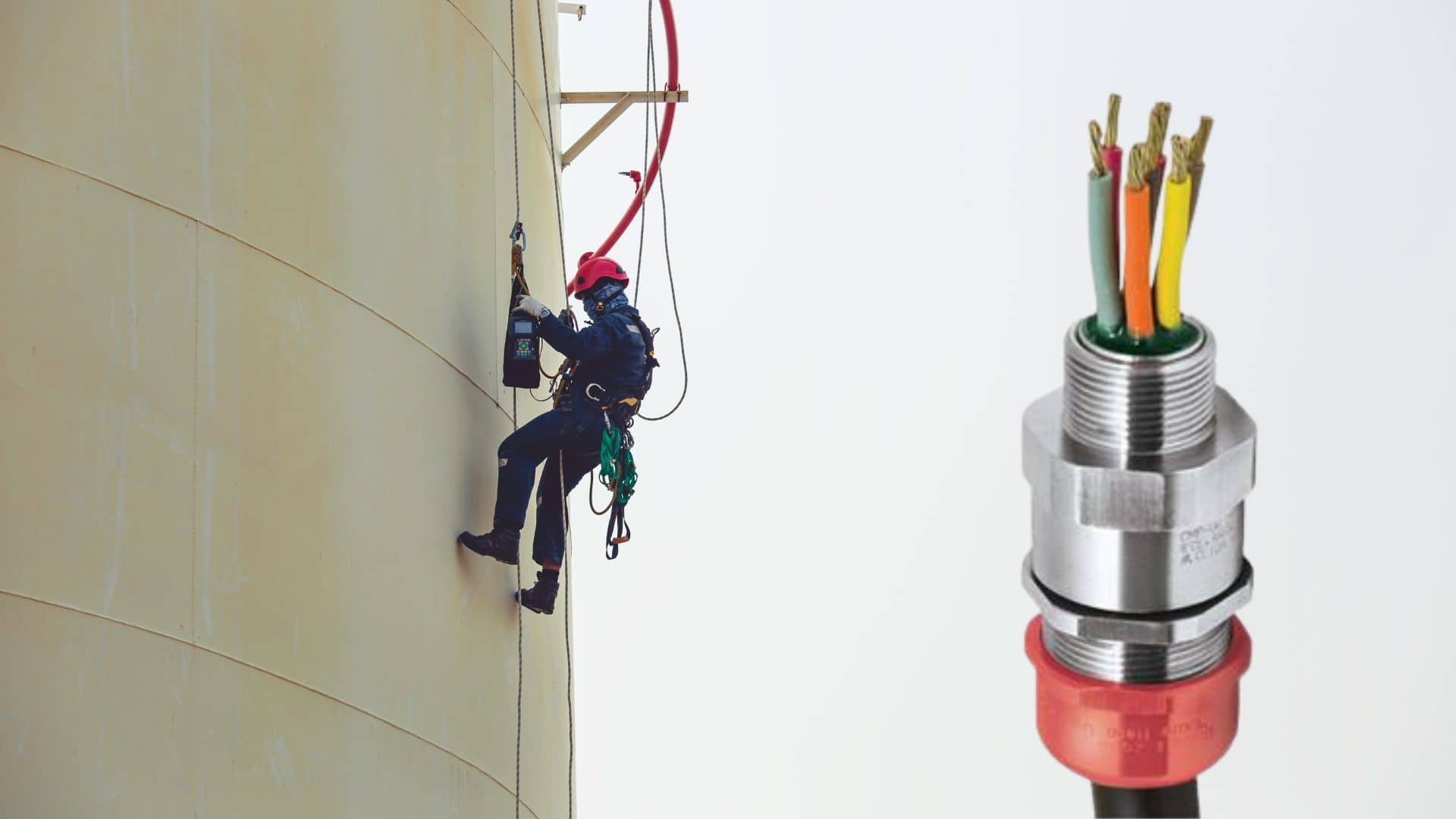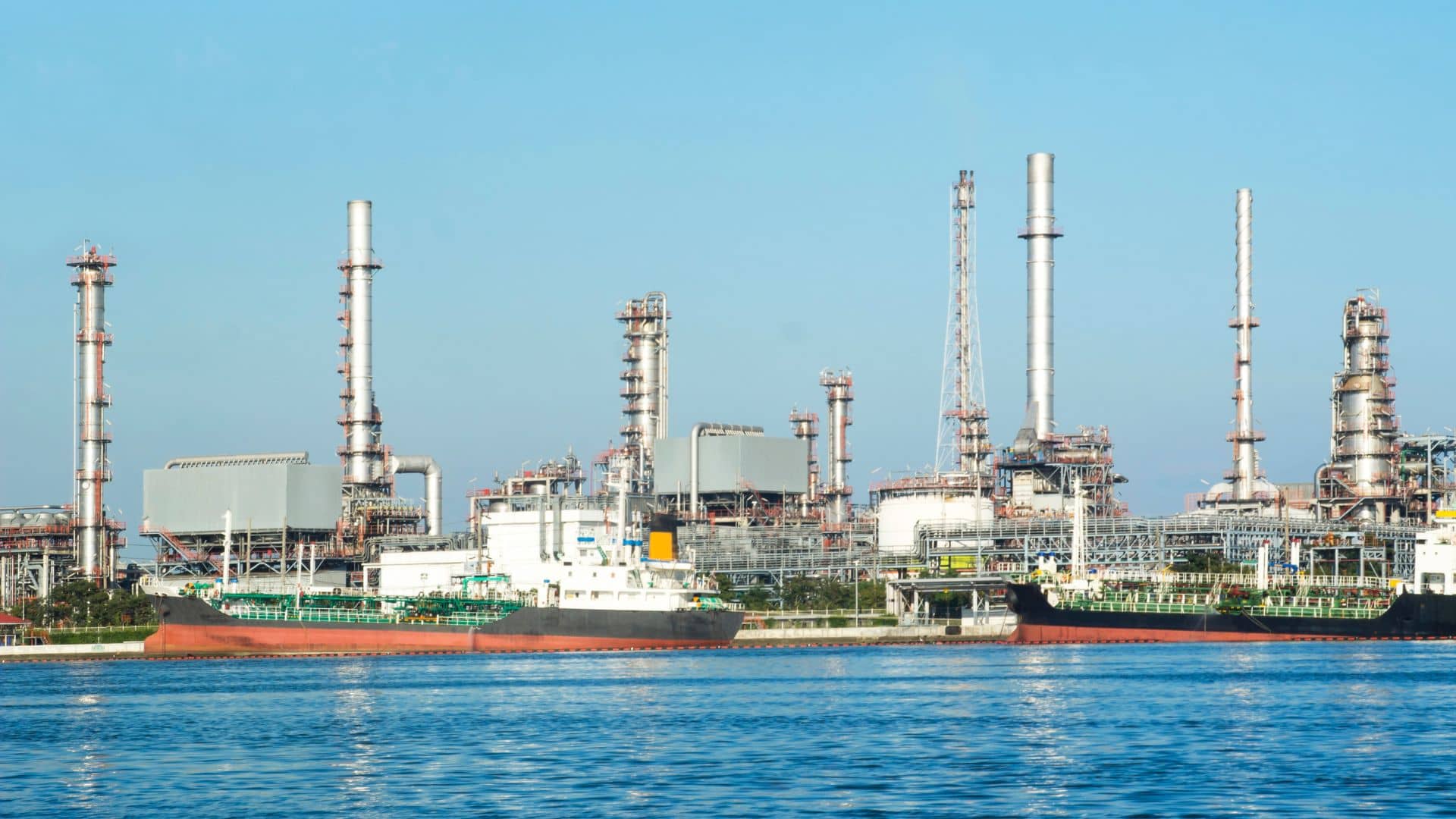Cabling for PAGA systems in hazardous environments demands meticulous attention to detail and adherence to strict safety standards.
Hazardous Area Public Address and General Alarm (PAGA) systems are crucial for communicating critical messages in environments where the risk of fire, explosion, or other hazardous events is high. However, designing and implementing cabling solutions for PAGA systems in such environments present unique challenges.

Understanding the Hazardous Environment
Before delving into cabling specifics, it's essential to grasp the context. Hazardous environments typically feature potentially explosive atmospheres due to the presence of flammable gases, vapors, or combustible dust. Examples include oil refineries, chemical plants, and mining facilities. In such areas, even a tiny spark from faulty electrical equipment can trigger catastrophic consequences.
Regulatory Compliance
Compliance with stringent safety regulations is non-negotiable in hazardous environments. Authorities like OSHA (Occupational Safety and Health Administration) in the US, ATEX directives in Europe, and others set standards for equipment and installation practices to ensure safety.
Cabling Considerations for PAGA Systems
Ingress Protection (IP) Ratings
Cabling components must have adequate IP ratings to protect against dust and moisture ingress. IP65 or higher is typically required, ensuring resilience against water jets and dust ingress.
Corrosion Resistance
Hazardous environments often expose cables to corrosive substances. Employing corrosion-resistant materials like stainless steel for cable conduits and connectors mitigates this risk.
Temperature Ratings
Cables must withstand extreme temperatures prevalent in hazardous areas. Heat-resistant materials such as thermoset polymers or fluoropolymers are preferred for insulation.

Conduit Systems
Employing conduit systems provides an extra layer of protection, safeguarding cables against physical damage and offering containment for potential cable fires.
Explosion-Proof Solutions
In areas with explosive atmospheres, explosion-proof cable glands and junction boxes are imperative to prevent ignition sources from causing explosions.
Shielding
Shielded cables help mitigate electromagnetic interference (EMI), ensuring clear and reliable communication signals in noisy industrial environments.
Route Planning
Careful planning of cable routes is crucial to minimize exposure to hazardous elements and potential damage from equipment or maintenance activities.
Talk To An Expert
Engage with experienced professionals from Team Vivo Asia who are familiar with hazardous area regulations and PAGA system requirements to ensure compliance and reliability. We are experienced in ensuring reliable cabling for PAGA systems in hazardous environments.
